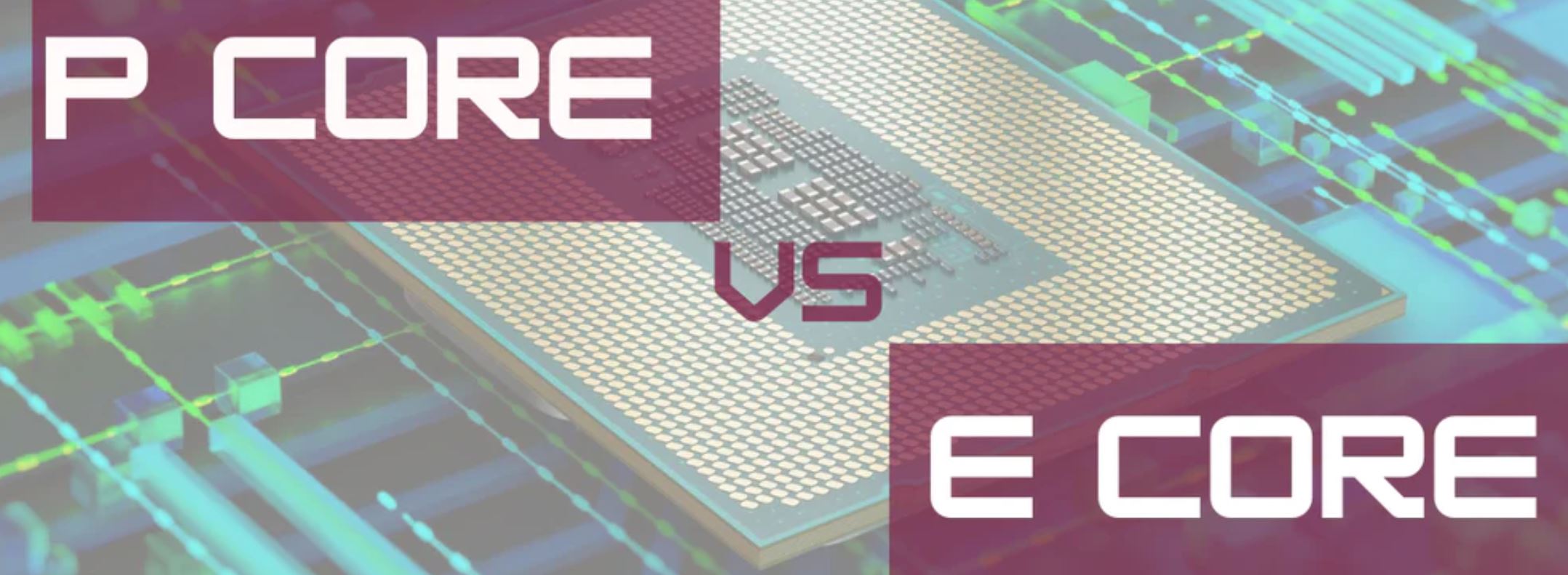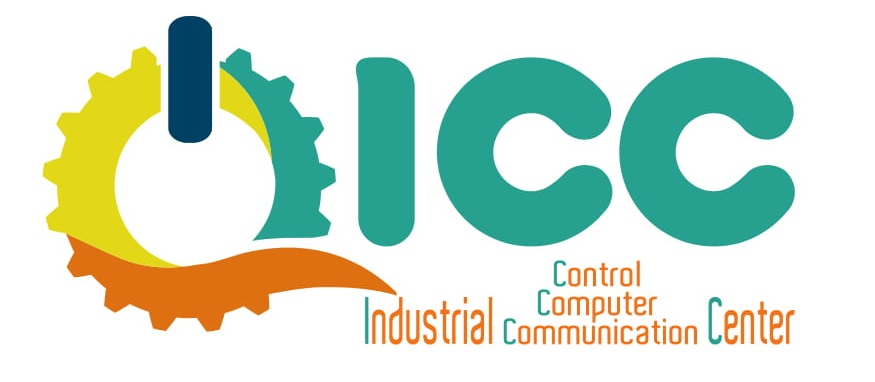

9.01.2024 12:56:05
What are P-Core and E-Core?
Posted by: ICC Dijital
What are P-Core and E-Core?
In the big world of processors, Intel has taken a revolutionary step in changing the architecture and improving the performance of the 12th and 13th generation CPUs. With the launch of its hybrid architecture, Intel has once again secured the leading position in CPU performance held by AMD with the Ryzen 5000 series. P cores (Performance cores) and E cores (Efficiency cores) are not only technological advancements, but also Intel's vision of future computing.
Transition to Hybrid Architecture
Intel's move to CPUs with different core types is driven by the need to meet a variety of computing tasks in the modern digital environment. This hybrid approach combines the power of P cores for intensive tasks with the energy efficiency of E cores for lighter background processes. Such a design not only increases multitasking and manages thermal outputs, but also ensures ARM's competitiveness in the market against architectures such as "big.LITTLE". Ultimately, Intel's heterogeneous core design aims to balance power and efficiency by adapting to current and future computing demands.
P Nucleus
The "P core" refers to the "Performance core" in Intel's hybrid architecture introduced with the Alder Lake processor series. The P core is designed for high-performance tasks. It is optimized to handle demanding workloads that require more computing power. P cores generally have a more complex design with larger caches and more advanced features that increase performance. It is built to achieve higher clock speeds and offers higher performance per thread. Currently, Intel uses the Golden Cove microarchitecture for the P cores in its 12th Gen CPUs and the Raptor Cove microarchitecture for the P cores in its 13th Gen CPUs. These technologies follow the Cypress Cove cores used in Rocket Lake 11th Gen Intel CPUs.
E Core
"E core" stands for "Efficiency core". E cores are designed to perform lighter, routine tasks focused on energy conservation. Their main purpose is to ensure that the system remains responsive and efficient even when the system is not pushed to its limits. E cores, whose structure is simpler than P cores, consume less power and produce less heat. This design ensures that the CPU can perform efficiently for many daily tasks without drawing unnecessary power or generating excessive heat. The E cores in Intel's 12th and 13th Generation CPUs are built using the Gracemont microarchitecture. This Gracemont design replaces Intel's Tremont technology, which was first introduced in Intel Pentium Gold and Celeron laptop CPUs. It is noteworthy that the clock speed of Intel E cores is generally lower than that of P cores, usually hovering around 700 MHz.
P and E Core Partnership
The collaboration between the P and E cores in Intel's hybrid architecture marks a strategic evolution in CPU design. This architecture is similar to sprinters (P cores) and marathon runners (E cores) being on the same relay team; where each type of runner is selected for the optimal part of the race. P cores focus on providing peak performance for intensive workloads, while E cores ensure the system runs efficiently during regular use. Synergy between P and E cores on a single chip allows the CPU to balance power and performance by dynamically adapting to changing workloads. The CPU can effectively manage heat generation by distributing workloads between P and E cores. P cores can produce more heat due to their high-performance nature, while E cores tend to be cooler due to their efficiency-focused design.
Differences Between P and E Nuclei
The differences between P and E cores are very important and clear in understanding the evolution of CPU designs;
Functionality: P-cores handle complex tasks and heavy workloads by prioritizing performance, while E-cores focus on energy efficiency, managing background tasks and optimizing power usage.
Power Consumption: P-cores consume more power due to their intensive processing, while E-cores are designed for power efficiency and consume significantly less power.
Clock Speed: P-cores run at higher clock speeds, making them ideal for handling demanding tasks; E-cores, on the other hand, operate at lower clock speeds, emphasizing energy efficiency.
Multi-threading: P-cores support Hyper-Threading, allowing simultaneous processing of multiple threads and improving multitasking. E-cores do not have Hyper-Threading support in the same design.
Usage Scenarios: P-cores excel in scenarios requiring maximum performance and computing power, while E-cores excel in always-on services, multitasking, and energy-saving operations.
This distinction reflects the industry's move toward a variety of CPU designs that enable dynamic task allocation based on workload requirements. It aims to strike an ideal balance between power and performance in a variety of computing scenarios, meeting a wide range of user needs.
In summary; P and E cores are a significant development that transforms the traditional structure of computer processors and offers customized solutions to user needs. These different core types provide flexibility for users' different needs, providing a wide range of functions from performance-oriented tasks to energy efficiency. This creates a perfect balance between CPUs and performance, allowing them to perform effectively in a wide variety of processing scenarios.
ICC DIGITAL INDUSTRIAL TECHNOLOGIES Bv.
Wittestraat 103/Bus 2, 2020 Antwerpen Belgium
Phone: +32 486 52 34 00
E-Mail: info@iccdigital.eu
Web: https://www.iccdigital.eu
VAT / BTW: Be 0793.849.582

